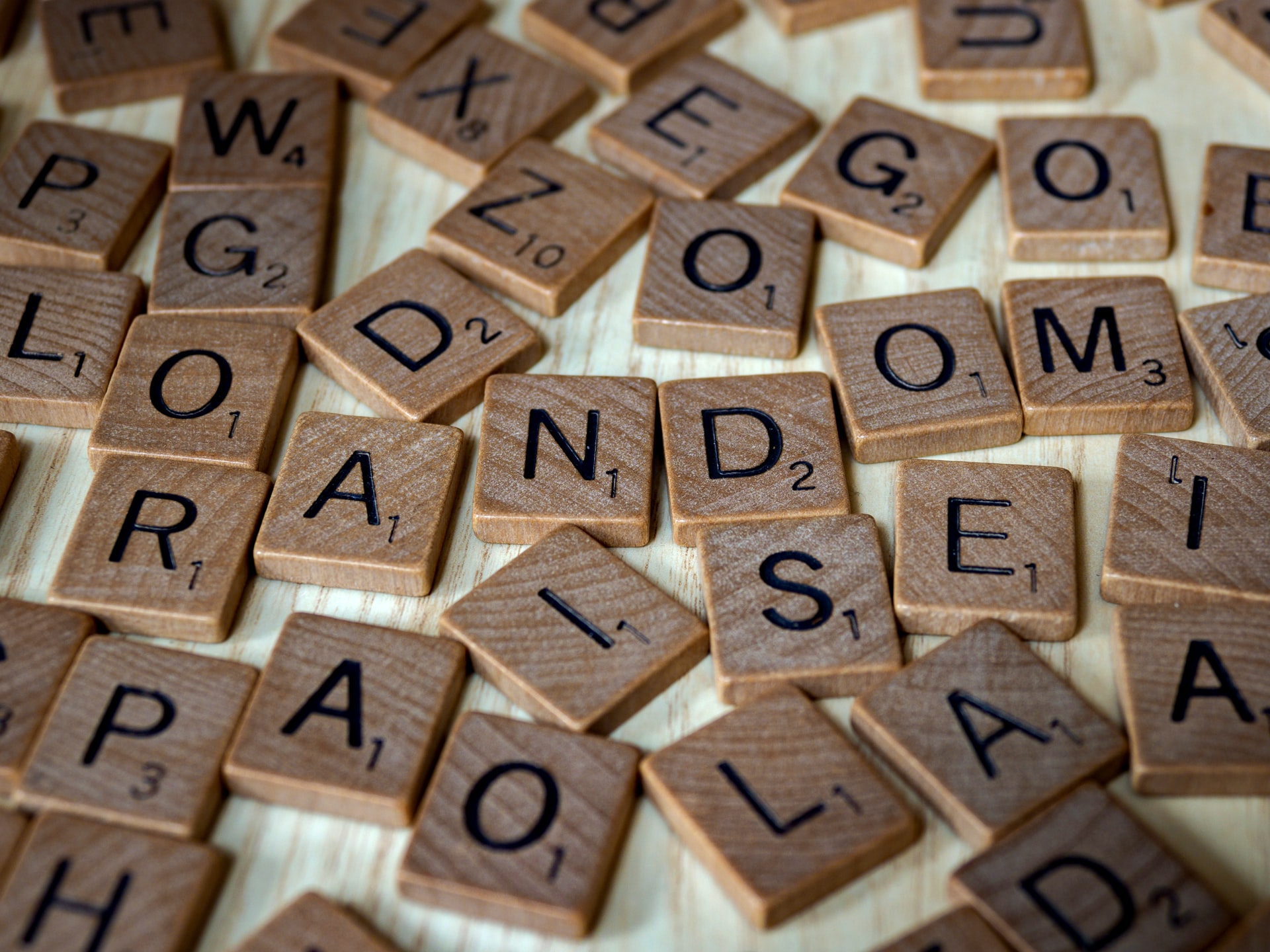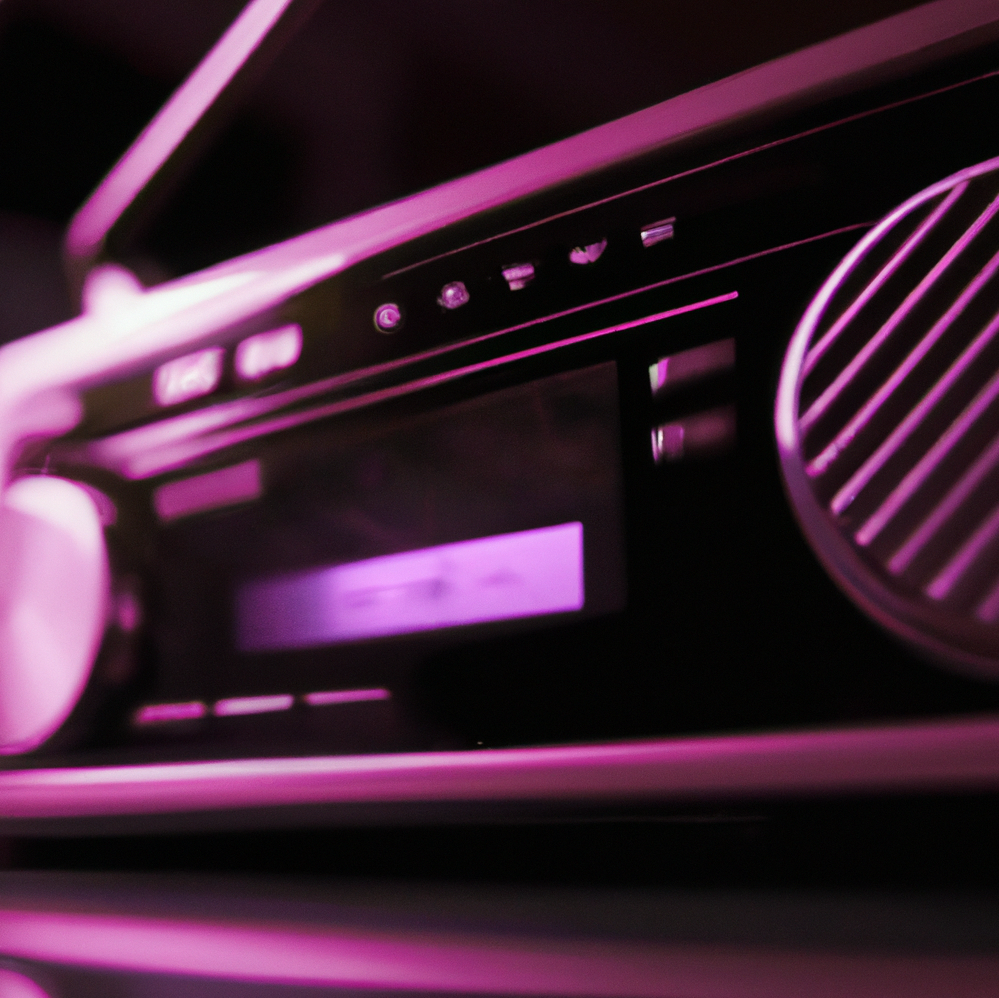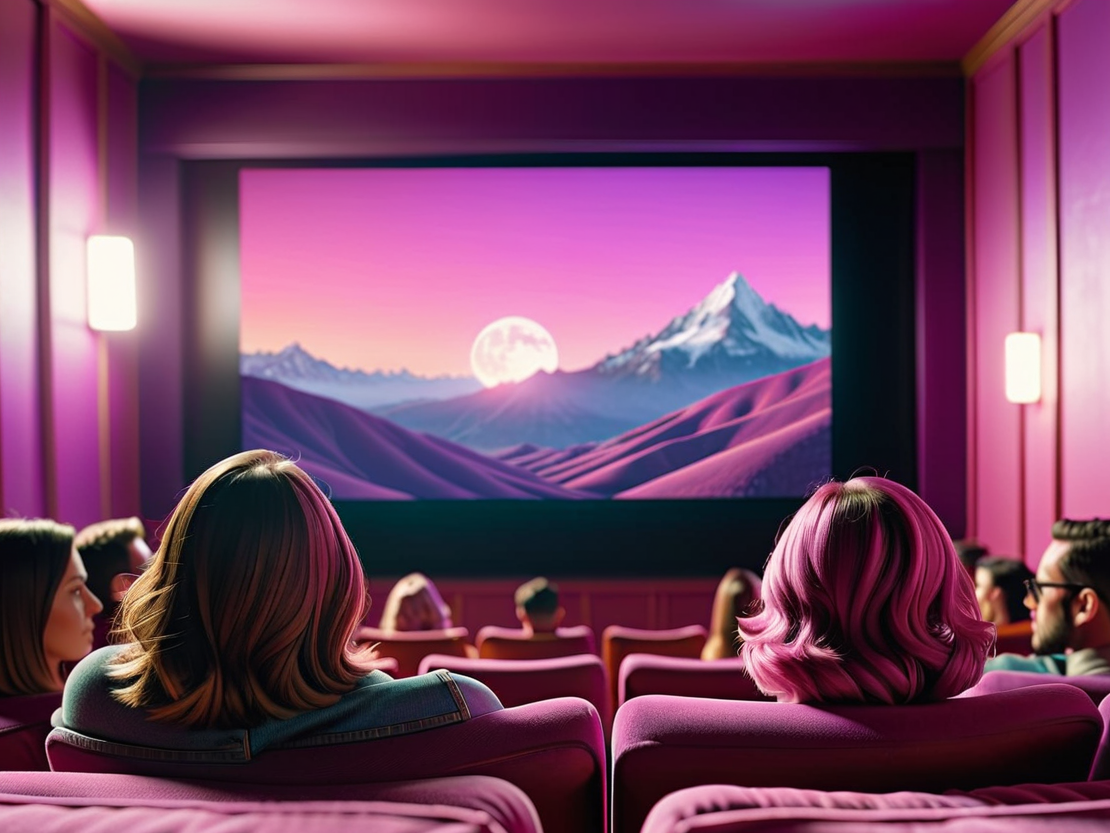Music Marketing Glossary: The Terms You Need To Know To Succeed In The Music Industry
Welcome to AmplifyYou’s very own A-Z music marketing glossary! Drive your music marketing career forward by learning what these terms mean and how you can apply them IRL.
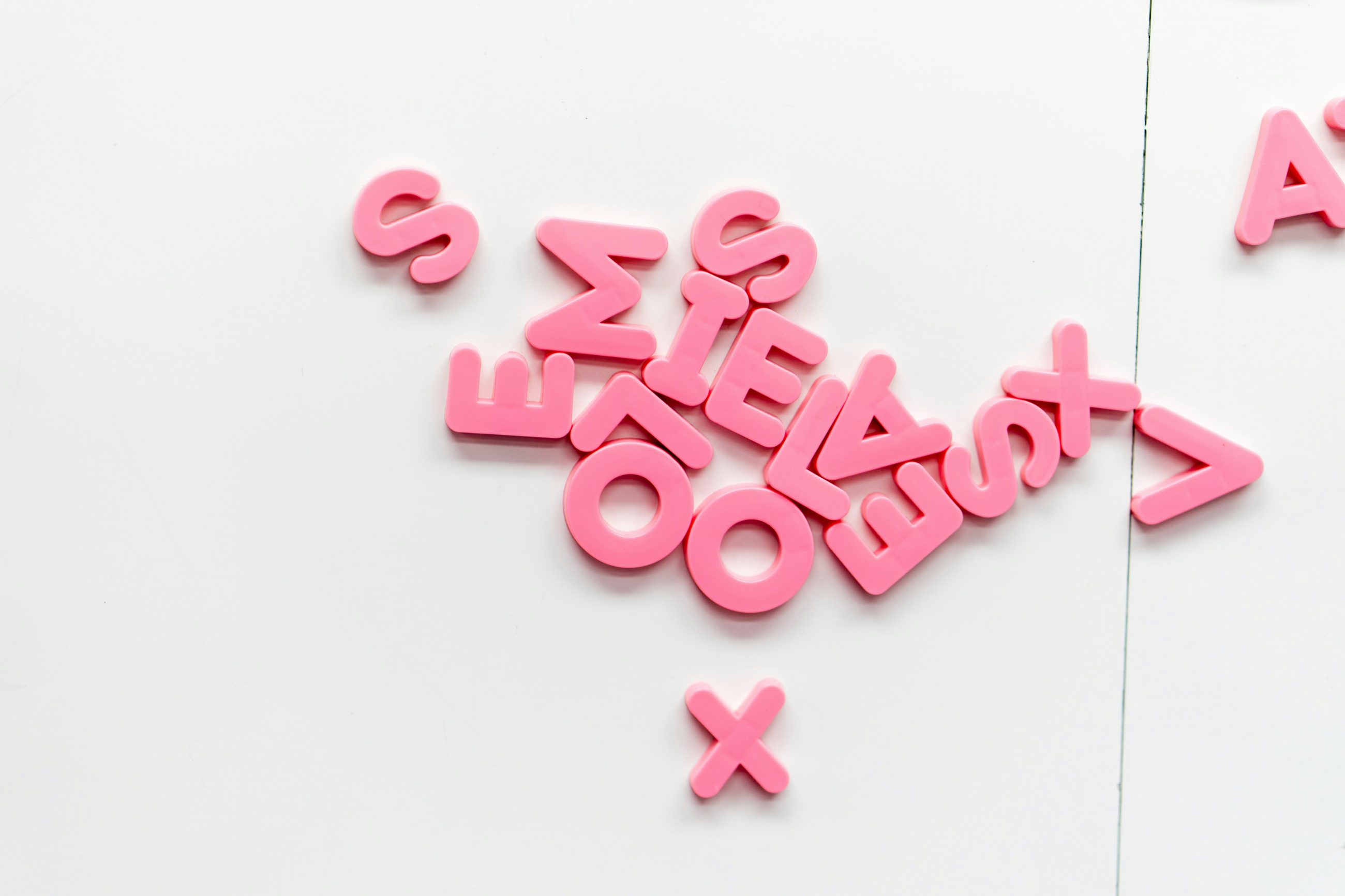
Table of Contents
- A-Z Music marketing glossary for musicians & music industry professionals
- A – Advertising
- B – Brand Identity
- C – Content
- D – DSPs
- E – Engagement Marketing
- F – Followers & Fans
- G – Growth
- H – Hashtag
- I – Instagram Music
- J – Justify
- K – KPI
- L – Live streaming
- M – Monthly Listeners
- N – Newsworthy
- O – Organic Content
- P – Playlisting
- Q – Quality over Quantity
- R – Reach
- S – SmartLinks
- T – TikTok
- U – USP
- V – Virality
- W – Webinar
- X – X-post
- Y – YouTube Official Artist Channel
- Z – Zero-Cost Strategy
A-Z Music marketing glossary for musicians & music industry professionals
A – Advertising
In the context of this music marketing glossary, advertising is a process in which targeted audiences are informed/reminded of a product or service. These targeted messages are usually paid for and intend to influence an audience to act on what’s being advertised.
Traditional advertising platforms, crucial in music marketing, include TV, radio, newspapers, billboards, posters etc. Digital advertising is a bit more accessible than its traditional counterpart, as it usually takes place via social media platforms. Platforms like Facebook, TikTok, Spotify and Twitter (X) each have their own advertising channels. For a fee, your music video can reach audiences who otherwise would not have known about your band.
B – Brand Identity
In music marketing, brand identity refers to how you want your audience to perceive you. It’s the brand’s personality and what messages you convey to your pre-existing and potential audience.
This is also supported by a brand image – which refers to the visual aspect of your brand. It includes elements such as your logo, brand colours, brand font, and so on. Before hiring a graphic designer or creative director to craft your brand image, it’s important to think about your brand identity and what you’d like to achieve with it, as this needs to inform your brand image.
C – Content
If you have been browsing the internet for music marketing tips, you’ve probably come across the popular phrase “content is king.” However, you may be unsure of its true meaning and how it specifically pertains to your role as a musician. Simply put, content is the audio-visual or written material directed towards your audience. It’s the information conveyed to your audience through different media, including articles, photos, music and videos.
D – DSPs
In music marketing, the term “DSPs” stands for Digital Service Providers. These are online music stores such as iTunes and Amazon Music, as well as streaming services such as Spotify, Deezer, and Tidal. Royalties are usually paid on a per-stream/per-download basis. Users can subscribe to these services by paying a monthly fee or opting for a free, ad-supported version.
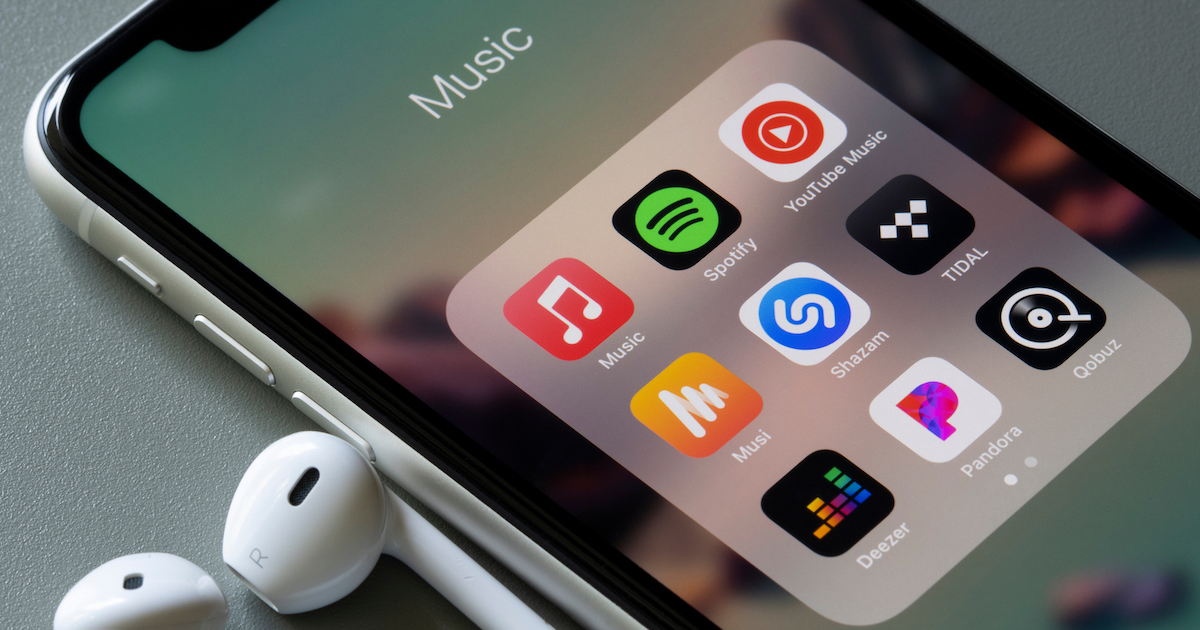
E – Engagement Marketing
Engagement marketing is all about building meaningful connections with your followers by using strategic content that piques people’s interest. This is also related to the engagement rate, which is the metric used to gauge engagement in music marketing. This is calculated using the following formula: the total number of interactions or likes divided by the number of followers equals your engagement rate.
E.g. 100 likes on a photo divided by 2000 followers = an engagement rate of 0.05%
F – Followers & Fans
What’s the difference between a follower and a fan? Nowadays, brands are chasing followers and metrics. However, it’s a little more difficult to convert followers into fans. When it comes to music marketing, a fan is loyal to your brand. This subset is smaller than the total follower count, but they’re the individuals that matter. This is because they’re the ones supporting you by purchasing your merch and concert tickets, and ultimately, drive your music marketing career forward.
G – Growth
In this digital era of music marketing, growth refers to social media growth. It refers to the strategies and tactics brands use to increase their followers and influence on social media. This in turn is related to the term “growth rate,” i.e. the percentage of growth over time. It can be calculated using the following formula:
Follower Growth Rate = (Followers you gained in a specific time/the number of followers you had prior to that gain) x 100
H – Hashtag
On social media, a hashtag refers to the hashtag symbol (#) used before a relevant keyword. Think of hashtags as a way to group content that belongs to a particular theme or conversation. As an artist or content creator, you should keep your ears to the ground when it comes to hashtag trends and important global conversations. In addition, you can use tools like Hootsuite, Sprout Social and SEMrush to track popular hashtags and check which hashtags you should use.
I – Instagram Music
Instagram Music is a feature that lets you add music to your Instagram Stories. Simply tap on the “Music” sticker to add your favourite tune – or even your own song – to your Stories. In addition, Instagram Reels also has a music function that allows you to add music to your reel. With video becoming the main format on Instagram, music has become an essential element when creating content.
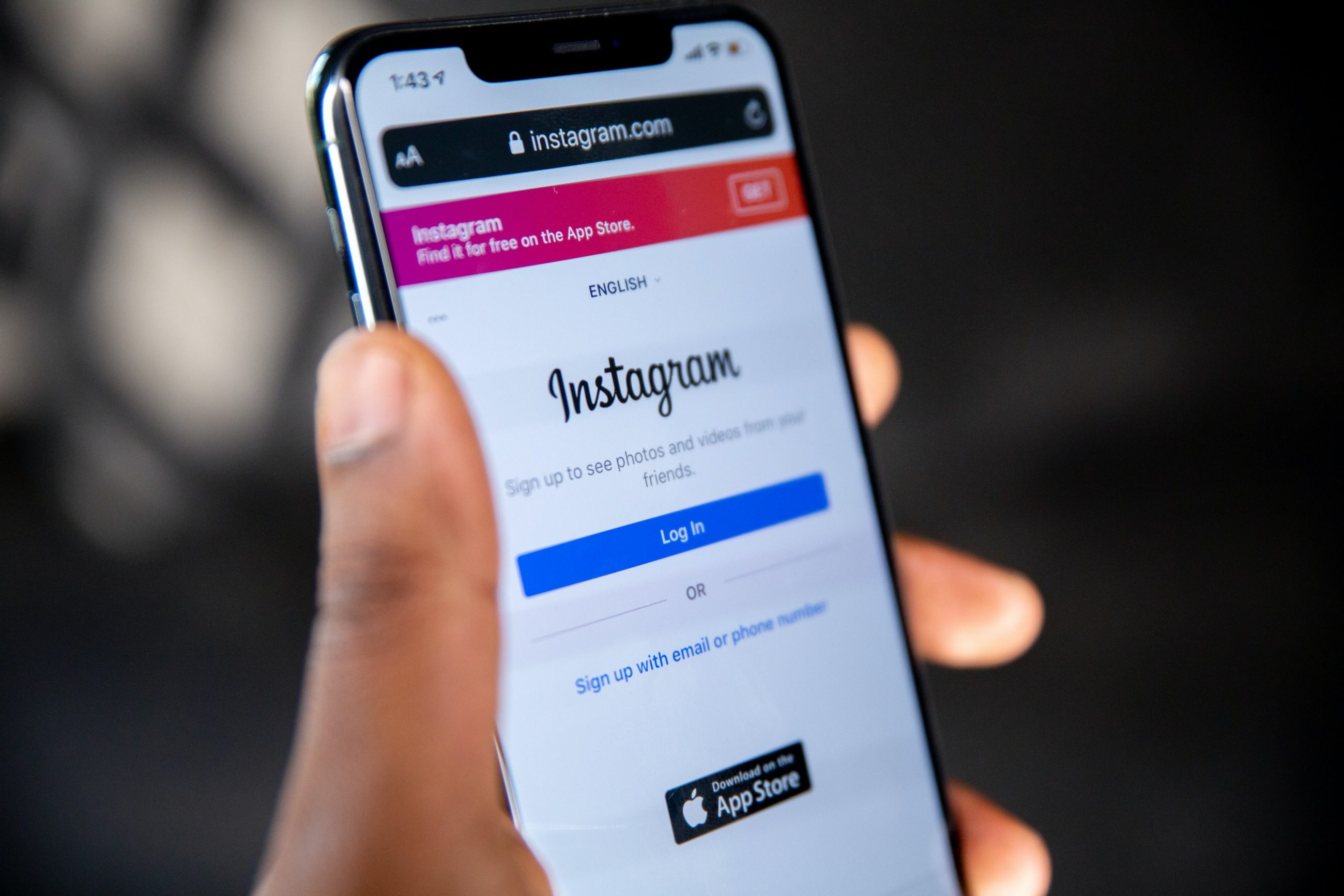
J – Justify
As a music marketer, or even as a musician trying to find their feet on social media, make sure you don’t make rash decisions. Every music marketing, content and career decision must be justified and backed up by fool proof research.
K – KPI
In music marketing, KPI stands for Key Performance Indicator. KPI is a measurable value that demonstrates whether the goals of a campaign are being achieved. When it comes to music campaigns, core KPIs can include monthly listens, radio spins, follower growth, press coverage, ticket sales, playlist reach, etc.
L – Live streaming
Live streaming is a method of broadcasting media content in real-time over the Internet, where the content is simultaneously recorded and transmitted to viewers. Unlike recorded videos and sessions, where rehearsed and polished videos tend to be preferred over low-quality or casual content, live streaming is about behind-the-scenes and back-stage content that is relatable, unfiltered, and most importantly, entertaining.
In 2020, live streaming in music marketing proved to be a lifeline for many artists whose schedules were wiped clean by the pandemic. Not only were audiences highly receptive, but they also showed immense interest in the platform, with Twitch users collectively watching a staggering 18.41 billion hours of content throughout 2020.
M – Monthly Listeners
In terms of this music marketing glossary, monthly listeners refer to the listeners who have played your music over a 28-day period. This metric is particularly popular when it comes to DSPs, as it allows artists to track their growth from month to month.
Two important elements need to be clarified when talking about monthly listeners: the individuals included as “monthly listeners” are those who have streamed your music during that 28-day period. Furthermore, only unique listeners are taken into account – meaning that if someone listens to your music on repeat, they still count as one unique listener.
N – Newsworthy
Or, in other words, press coverage. Your material and brand must be newsworthy to cut through the noise. To boost your chances of being picked up by a press outlet, make sure your brand identity is solid, your creative input is consistent and innovative enough, and you have an interesting story to tell.
O – Organic Content
Unlike paid content or ads, organic content is free content – i.e. everything you produce yourself, is liked by your followers and reshared organically by your followers (i.e. without paying anyone). In the current music marketing landscape, social media platforms have limited the reach of organic content, so it reaches only a small percentage of your followers. Therefore, it’s wise to have both paid and organic content strategies to reach the maximum audience possible.
P – Playlisting
According to the Cambridge Dictionary, “a playlist can either refer to “a list of pieces of music chosen by someone to listen to on their computer, phone, etc.” or “a list of all the pieces of music chosen to be broadcast on a radio show or radio station”.
To get playlisted on a radio station, your song must be backed by the key DJs who make the final playlist decisions. When it comes to DSP playlisting, major labels and their artists usually take precedence over independent artists. However, it’s always worth pitching to Spotify editors via Spotify for Artists, and using third-party platforms like DailyPlaylists to pitch to independent playlist curators.
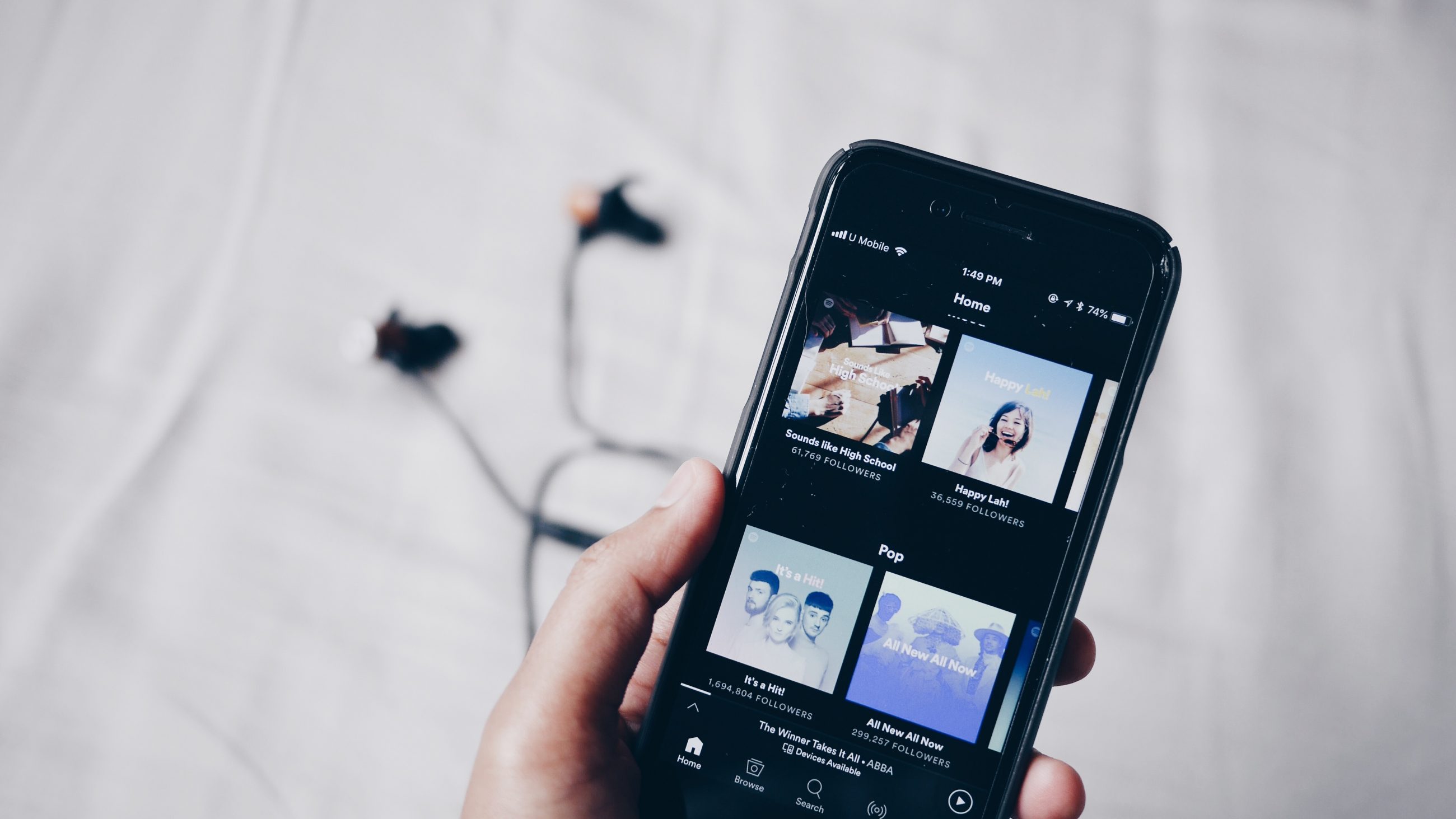
Q – Quality over Quantity
Due to the amount of content churned on the daily, audiences are not as responsive to low-quality content as they were a decade ago. Investing in quality content, such as quality music production and high-end visual content, pays off in the short term as well as the long term. Furthermore, quality content not only boosts your brand image, but also conveys your brand identity better.
R – Reach
This is the total number of people who viewed your ad. This is different from impressions, which refers to the number of times your content or ad has been seen, including multiple views by the same individual. E.g. if your ad reach is 200, this means 200 individuals have seen your ad. However, if your ad has received 200 impressions, it simply means that it has been displayed or viewed a total of 200 times, regardless of whether it has been seen by 10 individuals on repeat or 200 individuals.
S – SmartLinks
A normal link directs your visitors to one webpage. Conversely, a smartlink, such as AmplifyLink, consists of a list of links that route your audience to various channels.
T – TikTok
TikTok is a social media platform that quickly revolutionised music marketing and the way A&Rs find new artists. This social media platform specialises in short-term video content and is driven by content creators and pop culture trends. TikTok has empowered musicians to share their music with audiences who might otherwise not have discovered their music.
U – USP
Stands for Unique Selling Point. It’s the X factor that makes an artist stand out from the crowd. This relates to brand identity and is all part of the artist development process. Spend some time exploring and developing your USP, as it will serve you well in the long term.
V – Virality
According to Oxford Languages, virality is “the tendency of an image, video, or piece of information to be circulated rapidly and widely from one Internet user to another; the quality or fact of being viral.” While going viral can indeed be a happy accident, virality is increasingly becoming an engineered and carefully-thought-out strategy. Tactics can include collaborations with more influential artists, ad placements, influencer marketing, syncs, stunts, memes, and so on.
W – Webinar
In the context of music marketing, a webinar refers to an online seminar or conference conducted over the internet. Music industry webinars are often used to engage and educate musicians, as well as music industry professionals. They’re a great way to network, stay updated on music marketing trends, and learn more about where the industry is going.
X – X-post
Short for cross-posting. This is when the same piece of content is posted on different pages, channels or platforms. Cross-posting enables you as a content creator to re-purpose pillar content and keep your social media profiles active, without having to come up with a tonne of unique content ideas for each platform.
Y – YouTube Official Artist Channel
This is an artist-specific service offered by YouTube. The OAC serves as a one-stop shop for artists on YouTube, and empowers them to engage with fans and support their efforts. According to YouTube Help, the Official Artist Channel offers:
Organised content: By providing a sleek layout that organises your discography and music videos into separate sections.
Promotional content: By providing a featured video slot that promotes a specific video.
Fan engagement: By enhancing the ability to interact and engage with fans on the platform itself.
Z – Zero-Cost Strategy
A.k.a D.I.Y! Zero-cost strategies are marketing strategies that use free activities to promote a service or product. In music, this can simply be a repost by a more popular artist, a sponsored live session that promotes your live act, earned media and, of course, word of mouth.



